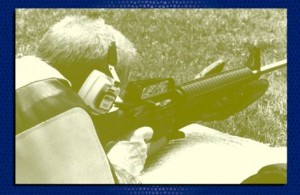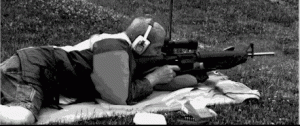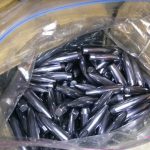I have designed this rear bag rider for the Ruger Precision Rifle and I make them on my 3D printer. Will work for any standard picatinny rail, and is based on the bottom rail of the Magpul PRS. THEY ONLY WORK FOR PICATINNY RAIL. Apparently there is an older version of the RPR that has a non standard rail in the back, and this will not fit for those. They are $38 shipped. Please send Paypal for PURCHASE (not friends and family-I use Paypal tracked shipping) to administrator (at) egworld.com (the @ symbol is not shown here to avoid bots getting my email) and note the payment as RPR BAG RIDER.
Here is the Ebay listing.
[auction-nudge tool=”listings”]

![Ruger Precision Rifle Rear Bag Rider I have designed this rear bag rider for the Ruger Precision Rifle and I make them on my 3D printer. Will work for any standard picatinny rail, and is based […]](https://theurbanrifleman.com/wp-content/uploads/2018/07/36830400_10156413292318168_7058203543185915904_n-499x300.jpg)
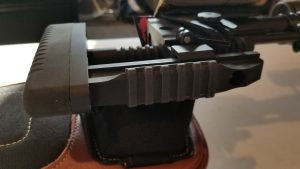
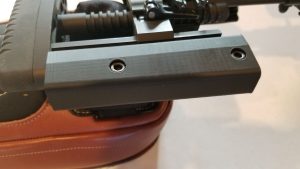
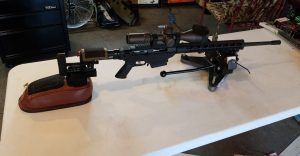
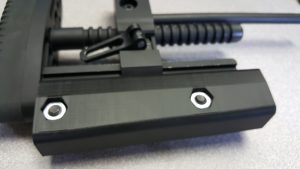
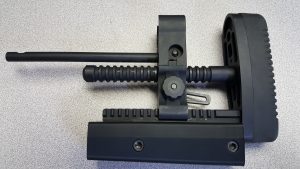
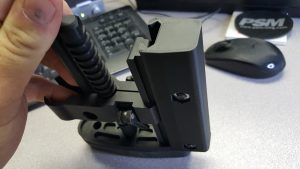
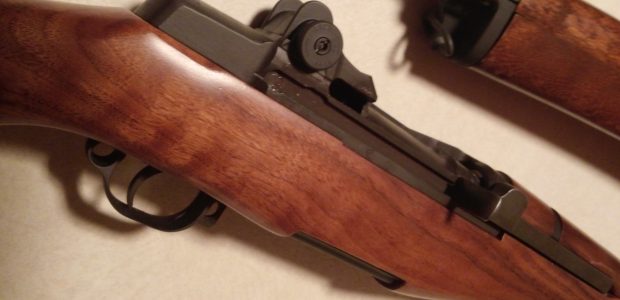
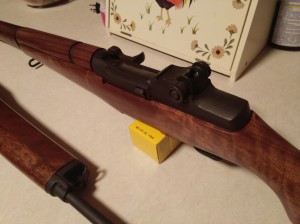
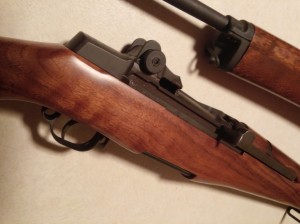
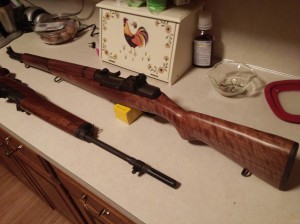
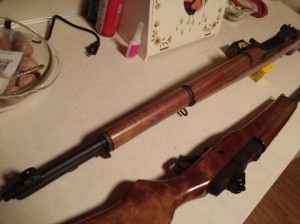
![Analyzing Shooting from Position I have discovered a few very simple methods to analyze position shooting. This may seem very basic to an experienced shooter, and frankly, I may be way off base here. […]](https://theurbanrifleman.com/wp-content/uploads/2013/08/DAN_ANIMATED4.gif)

